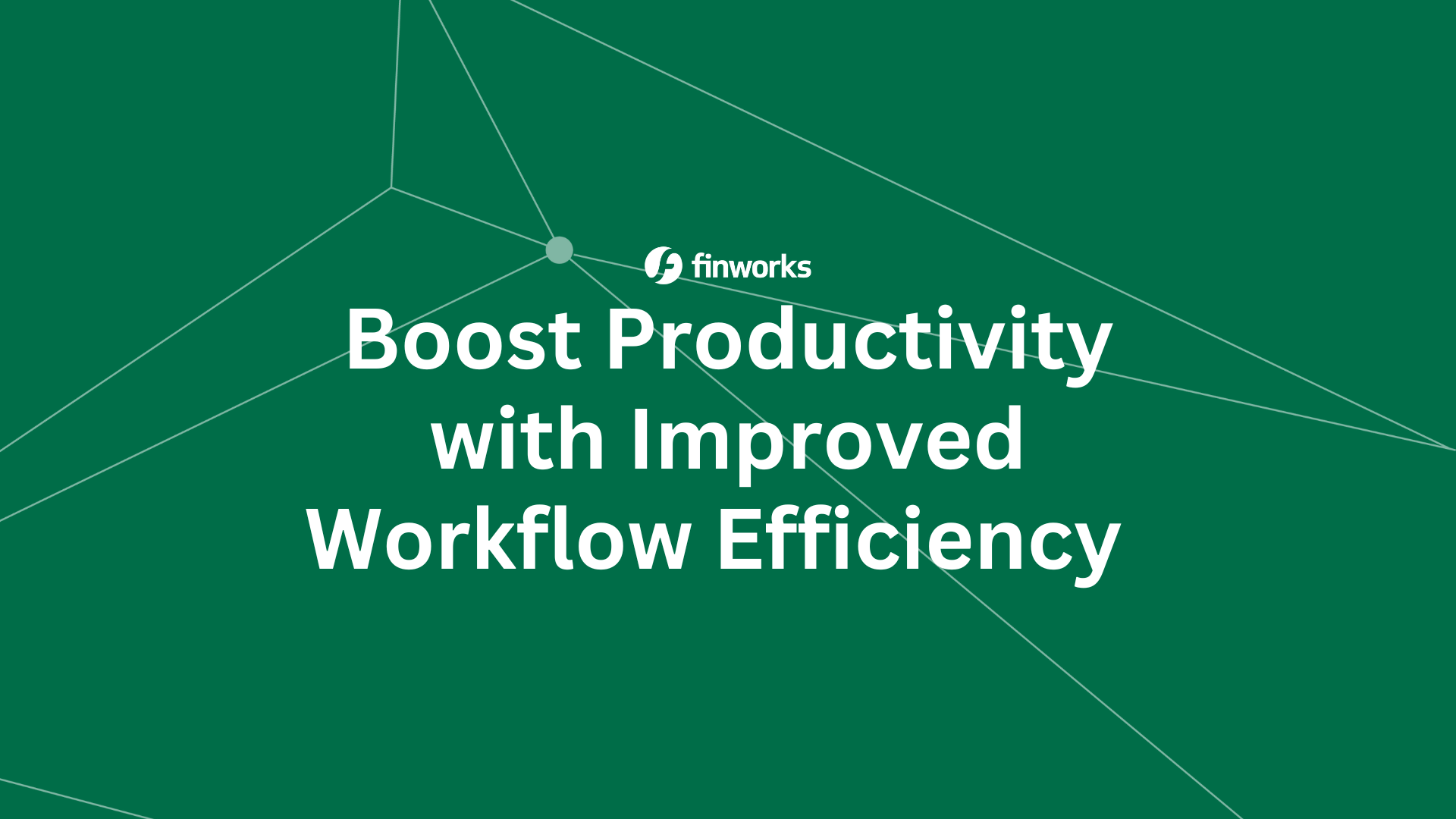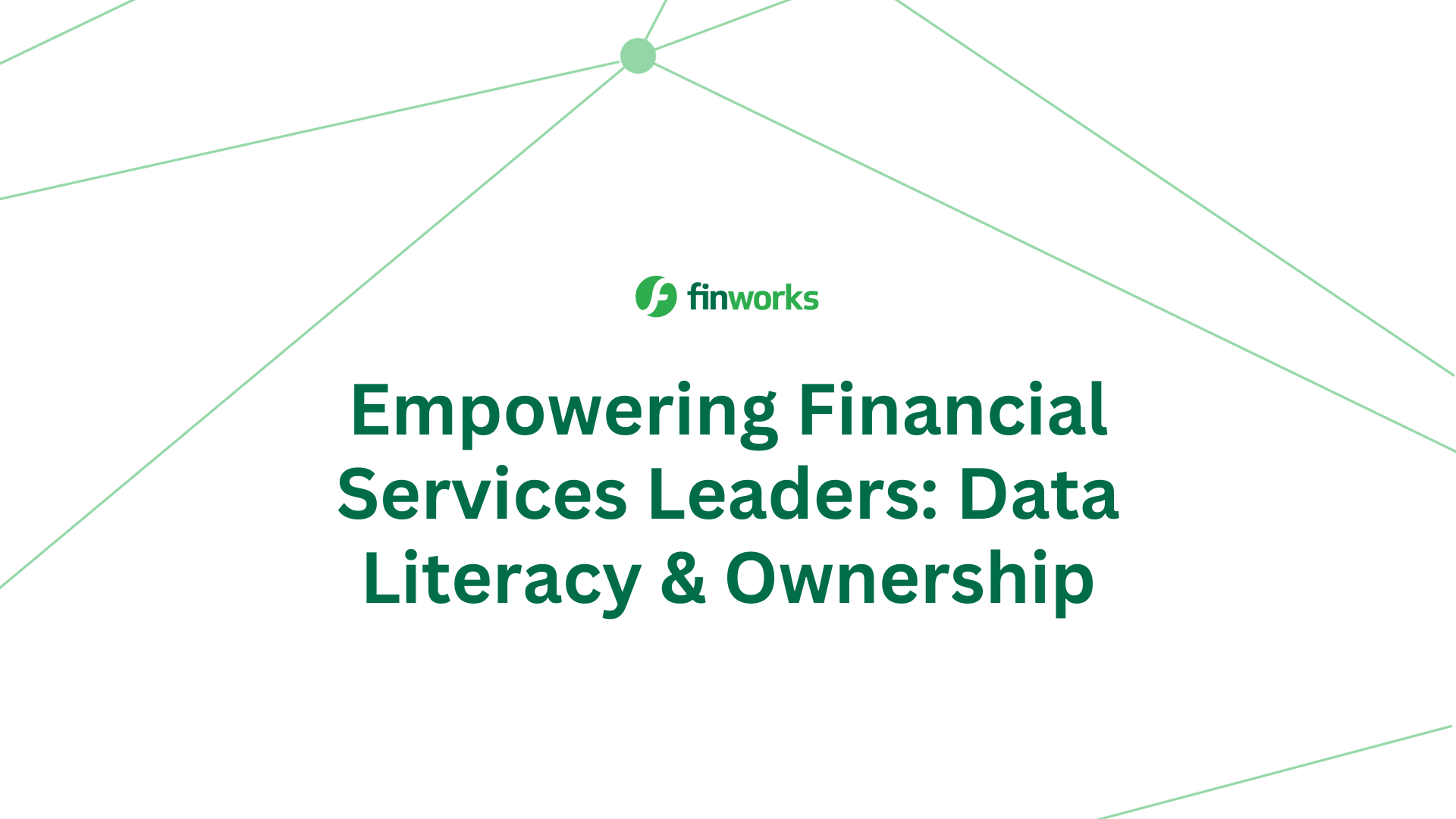Boosting Productivity and Efficiency with Digital Workflow: An Argument for Change
Advancements in automation technology are set to revolutionise various aspects of operations, employee empowerment, and customer service in the future. A pivotal driver of this transformation is the integration of digital processes. Digital workflow platforms enhance work efficiency and facilitate seamless information exchange by streamlining and standardising processes.
Types of Digital Workflows
Digital workflows are essential tools in modern operations, facilitating the smooth execution of tasks and processes within organisations. Here are three examples of workflows that can be implemented:
1. Process Workflow
A process workflow is a sequence of steps designed to achieve a specific business outcome. It involves a systematic approach to completing tasks in a predefined order. This type of workflow is commonly used for routine, repetitive tasks that require consistent execution.
2. Case Workflow
A case workflow is applied when handling unique or complex cases that require individualised attention. It involves a flexible approach, allowing for adaptability based on the specifics of each case.
3. Project Workflow
A project workflow outlines the tasks and processes involved in the planning, execution, and completion of a project. It provides a structured framework for managing various project components.
How to Boost Productivity with Improved Workflow Efficiency
Organisations strive to accomplish more with limited resources while maintaining the quality of their products or services. A significant factor that can greatly impact an organisation's productivity is the efficiency of its workflows.
What is Workflow Efficiency?
Workflow efficiency refers to the effectiveness and streamlined nature of how tasks, processes, and activities are carried out within an organisation. It involves optimising the sequence of steps, allocating resources, and using technology to achieve tasks in a timely and cost-effective manner. When workflow efficiency is high, tasks are completed with minimal unnecessary steps or delays, leading to increased productivity, reduced operational costs, and improved overall performance.
Causes of reduced workflow efficiency
Irrelevant or unproductive tasks
When an organisation’s workflow includes tasks that do not directly contribute to its goals or outcomes, it can reduce efficiency. These irrelevant or unproductive tasks consume time, resources, and energy without providing meaningful value. Such inefficiencies can arise due to outdated processes, lack of clear task prioritisation, or failure to align tasks with the overall strategic objectives of the business.
Poor information coordination
Efficient workflow depends on seamless communication and coordination of information among team members and departments. When there is a lack of proper information sharing, it can result in misunderstandings, duplication of efforts, and delays. For example, if different teams are working on a project without access to the same up-to-date information, it can lead to errors, rework and ultimately hinder the progress of tasks.
Unorganised team management
Effective team management is essential for ensuring that tasks are assigned, executed, and monitored efficiently. When teams are not organised or properly managed, it can lead to confusion, missed deadlines, and suboptimal performance. A lack of clear roles and responsibilities, inadequate supervision, and insufficient collaboration can all decrease workflow efficiency.
Tips to Improve Workflow Efficiency
Here are some tips specifically tailored to improving workflow efficiency in the government sector through digital workflows. The government sector is highlighted, although workflow platforms are used both in public and private organisations.
1. Choose the Right Tools
Selecting appropriate digital workflow tools is crucial. Opt for user-friendly tools, ensuring employees can easily navigate and use them. Security is paramount in the government sector, so choose tools with robust security features to safeguard sensitive data. Compatibility with existing systems is essential to ensure a smooth transition and integration of the new digital tools. These tools should be tailored to meet the specific needs and requirements of the government sector, supporting the unique processes and tasks involved.
2. Process Automation
Process automation involves identifying repetitive and rule-based tasks and then automating them using digital tools. This eliminates the need for manual intervention, reducing the likelihood of errors and freeing up employees’ time for more strategic and complex tasks. Automation also helps maintain consistency in the execution of tasks, as they are performed according to predefined rules and parameters.
3. Digital Document Management
Digital document management systems provide a centralised and organised way to store, manage, and retrieve documents. These systems offer quick access to documents, essential in the government sector, where timely access to information is critical. Implementing proper access controls ensures that only authorised personnel can access sensitive documents. Version tracking helps keep track of changes made to documents, ensuring the accuracy and integrity of information.
4. Workflow Mapping
Mapping out existing workflows is the first step towards digital transformation. Understanding the current processes helps in designing digital workflows that replicate and enhance these processes. Employees can transition more smoothly to the new digital environment by mirroring familiar processes. Streamlining operations while avoiding unnecessary disruptions ensures a seamless transition to the digital workflow.
5. Integration
Integrating different software tools and systems is crucial for seamless data sharing. The integration eliminates the need for manual data entry and duplication of efforts when information is transferred between platforms. Integrating systems such as databases, communication platforms, and document management tools enables a more efficient flow of information and reduces the risk of errors associated with manual data entry.
6. Real-time Collaboration
Choosing collaboration platforms that support real-time editing, messaging, and document sharing enhances teamwork and decision-making. In the government sector, where inter-departmental cooperation is essential, Real-time collaboration ensures that stakeholders can work together on documents simultaneously, reducing delays and promoting efficient project progress.
7. Notifications and Alerts
Setting up notifications and alerts within the digital workflow system helps keep employees informed about pending tasks, approaching deadlines, and updates. This proactive approach ensures that tasks are completed on time, reducing the risk of missed deadlines and improving overall workflow efficiency.
8. Workflow Analytics
Utilising dashboards to monitor and measure the performance of digital workflows provides valuable insights. By tracking key metrics and analysing workflow data, you can identify bottlenecks and areas for improvement. This data-driven approach enables informed decision-making and empowers you to refine and optimise digital workflows continuously.
Boost Productivity with Finworks Workflow Management System
Finworks Workflow offers a comprehensive solution to enhance productivity and streamline operations. From seamless planning to efficient execution and successful completion, Finworks empowers you with the tools needed to automate complex and content-centric processes. Its robust low-code architecture makes configuration as simple as point-and-click, providing a user-friendly experience for optimising workflows.
Contact us today to experience the future of productivity with the Finworks Workflow management system.




